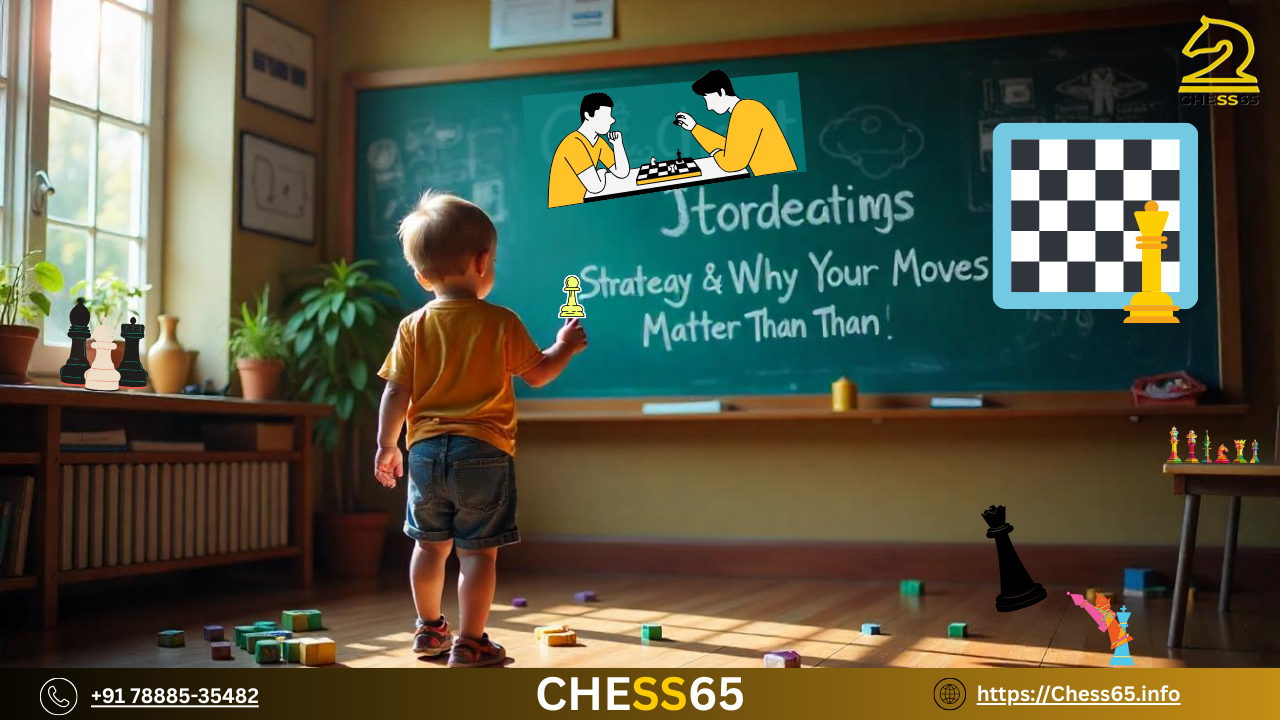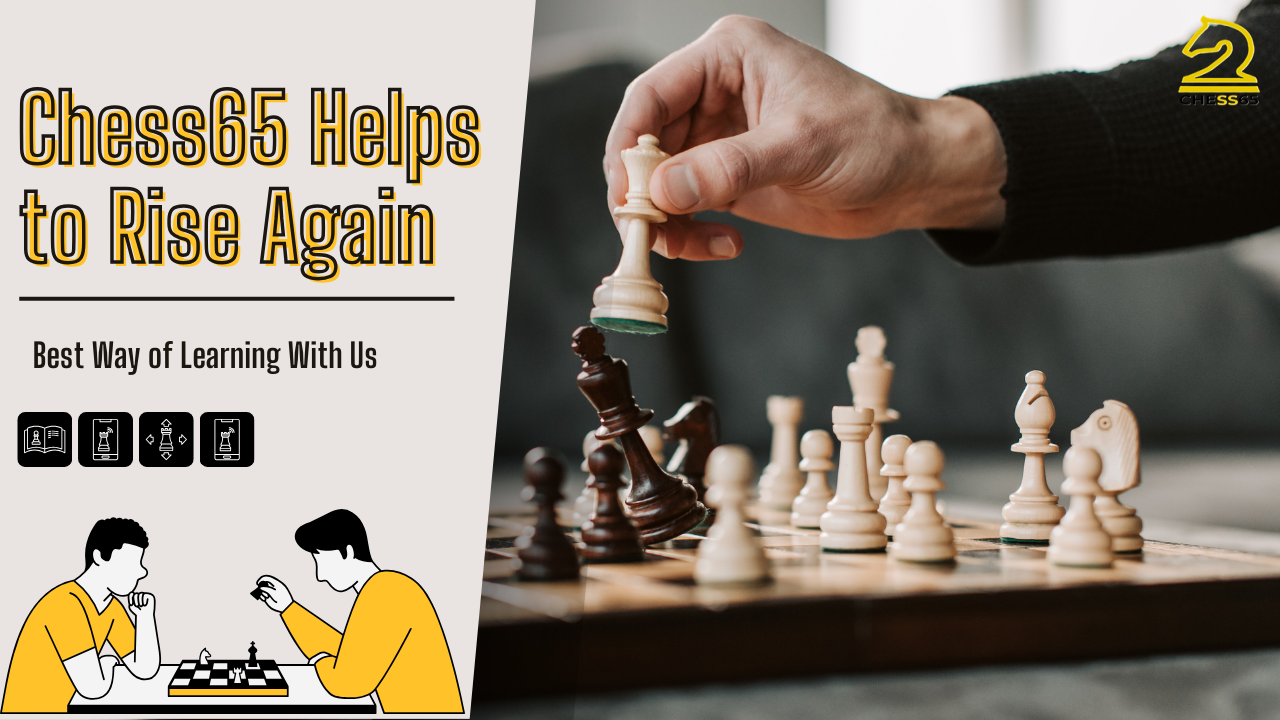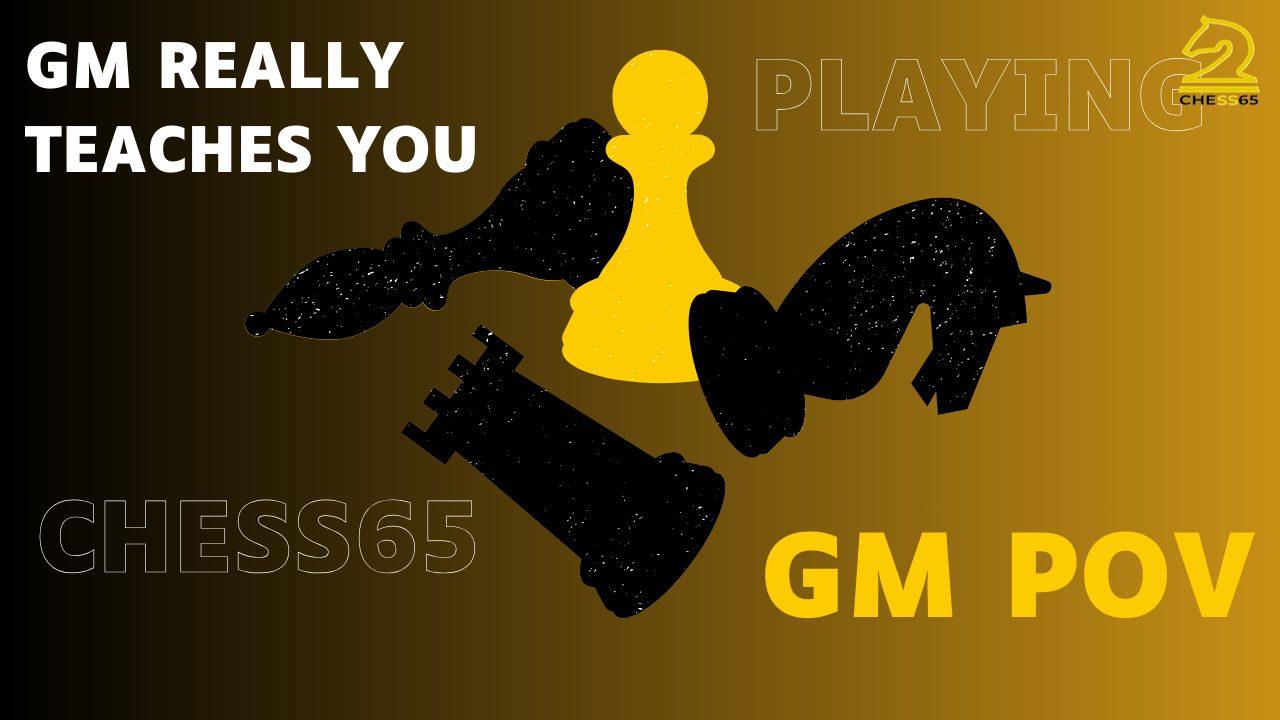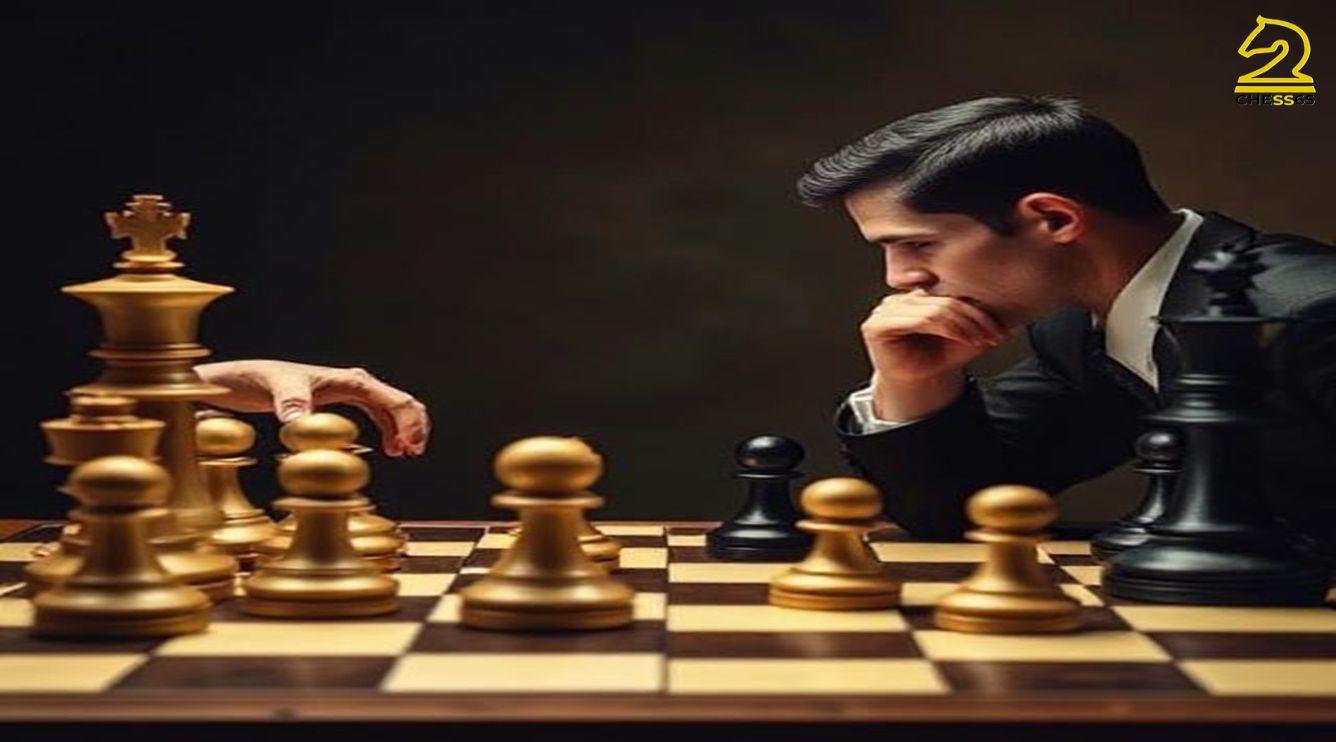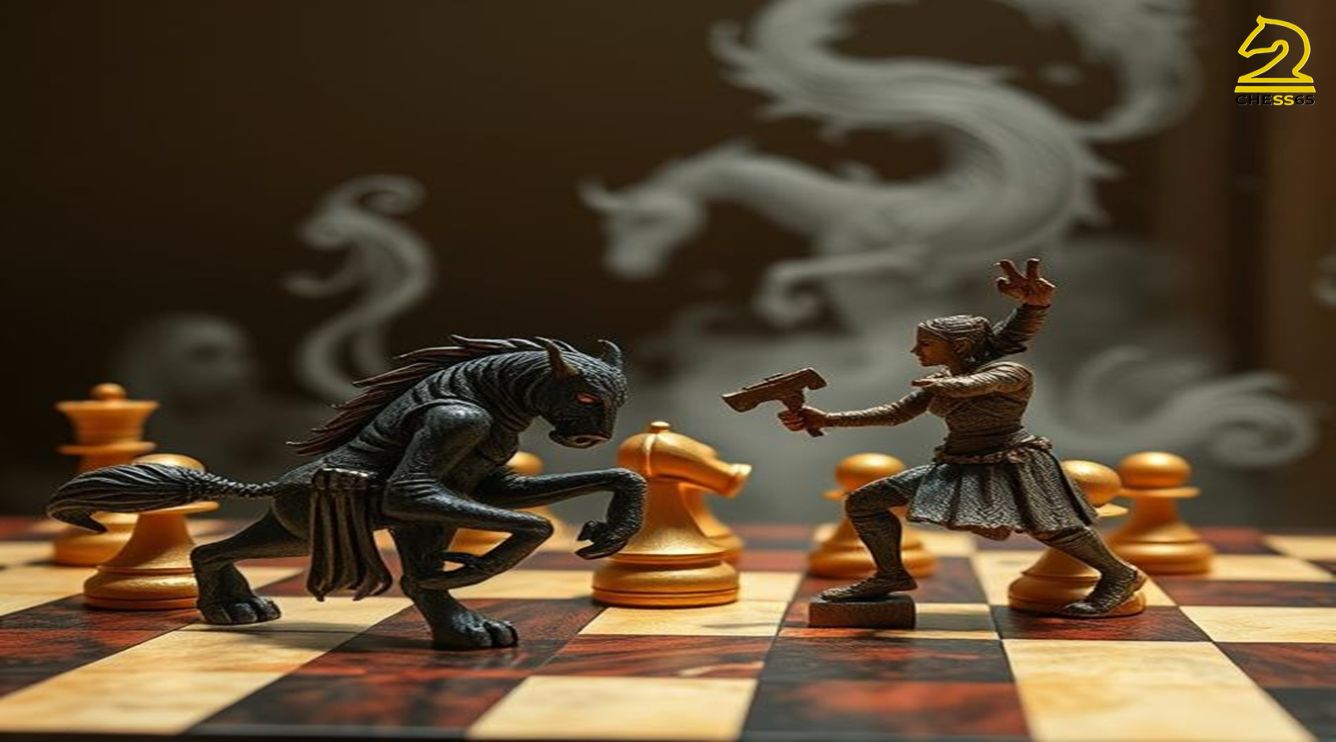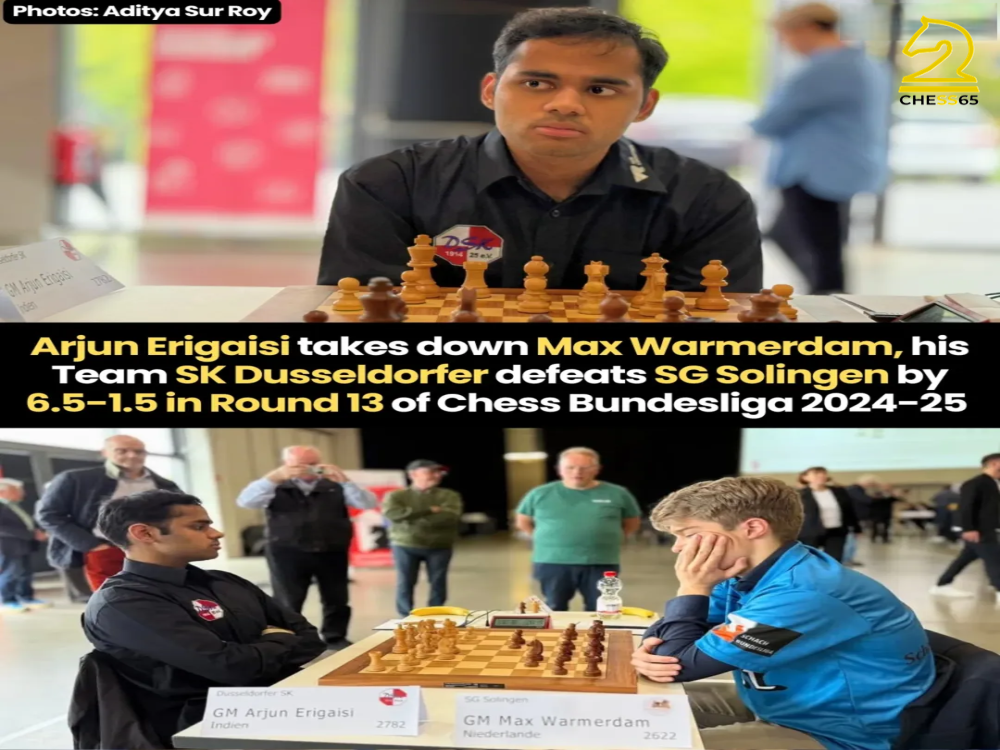How to Reach 2000 in Chess – 7 Must-Do Steps to Master the Game

Are you stuck in the 1000s or struggling to break past 1500 on Chess.com or Lichess? Want to hit that elite 2000 rating and join the ranks of serious club players? You’re not alone—and yes, it’s absolutely possible.
At Chess65, we don’t do fluff. We give you proven, practical chess training strategies to level up fast. Here’s your step-by-step roadmap—inspired by real improvement journeys like Kamryn Hellman’s, a self-taught chess content creator who zoomed from 0 to 2000 in just two years.
If you're aiming for real chess mastery, these 7 essential habits and hacks will take you there.
1. Play Purposefully (and Always Analyze!)
You’re not just playing games—you’re building a mental muscle. Playing without reviewing is like lifting weights with your eyes closed.
Do this: After every game, win or lose, pause and review critical moments. What blundered the game? What tactic worked?
Even a 2-minute review makes a difference. Want to go deeper? Use a Google Doc titled “Why I’m Losing” and note key patterns after your losses.
#How to analyze your chess games effectively?
2. Embrace Losing Like a Coach
Losing stings. But if you’re not learning from your losses, you’re wasting rating points.
Pro tip: Don’t do a deep dive right after losing—it’s emotional. Wait a day. Then, come back and see the mistakes like a coach would.
Find recurring errors—missing pins, ignoring threats, opening traps—and restructure your study time around them.
Organize your errors = faster growth.
3. Study Openings the Smart Way (Not Just Memorization)
You don’t need to learn 20-move theory lines. But you do need solid, repeatable setups that give you playable middlegames.
London System, French Defense, Queen’s Gambit Declined—all great beginner-to-intermediate systems.
Focus on this: Not the what, but the why. Why are you playing that pawn push? Why is that knight move essential?
#Best chess openings for 1000 to 2000 players —
4. Master Tactical Patterns (Raise Both Floor and Ceiling)
If you aren’t solving puzzles, you aren’t improving.
Split your puzzle work:
-
Easy puzzles = build speed and confidence.
-
Hard puzzles = improve calculation and visualization.
Treat Puzzle Rush like a warm-up. Then tackle hard puzzles like a gym workout—slow, painful, but powerful.
Tactical training is the #1 skill booster from 1000 to 2000. Do it daily.
5. Sharpen Focus & Time Management
Good moves are useless if you blunder in time trouble. Don’t just study chess—study your own thinking process.
- Learn basic endgames to save time.
- Play blitz to learn how to “trust your intuition.”
- Remind yourself mid-game: What does my opponent want? Then act.
Focus is a skill. Build it. Protect it.
6. Take Strategic Breaks (Avoid Burnout)
Your brain isn’t a machine. If you study non-stop, your performance may crash.
- Take 2–3 days off every few weeks. No chess. Let ideas settle.
Kamryn’s biggest leap—from 1549 to 1807—happened right after a break. Rest is not a waste of time. It’s part of the process.
How to avoid chess burnout + improve faster
7. Set Powerful, Clear Goals (and Track Them)
"Get better at chess" is not a goal. "Reach 2000 in two years" is.
Break it down:
-
Performance Goal: Reach 2000.
-
Process Goal: Solve 10 puzzles/day.
-
Learning Goal: Master King + Pawn vs King endgame.
-
Event Goal: Play your first OTB tournament.
Track weekly. Reflect monthly. Adjust quarterly.
Motivation fades. Systems last. Print your goal. Tape it to your wall.
Final Thoughts: Your Road to 2000 Starts Today
Whether you’re a casual 1200 or a determined 1600, this is the formula.
- Play smarter.
- Train tactics daily.
- Review your own mistakes.
- Study openings for understanding, not memorization.
- Guard your mental energy.
- Set a goal, commit, and take action.
At Chess65, we believe chess improvement isn’t magic. It’s momentum. Start building yours today.
Ready to fast-track your growth? Explore our Intermediate-I Course and join the Chess65 movement. Chess isn’t just a game—it’s your battlefield. Own it.

